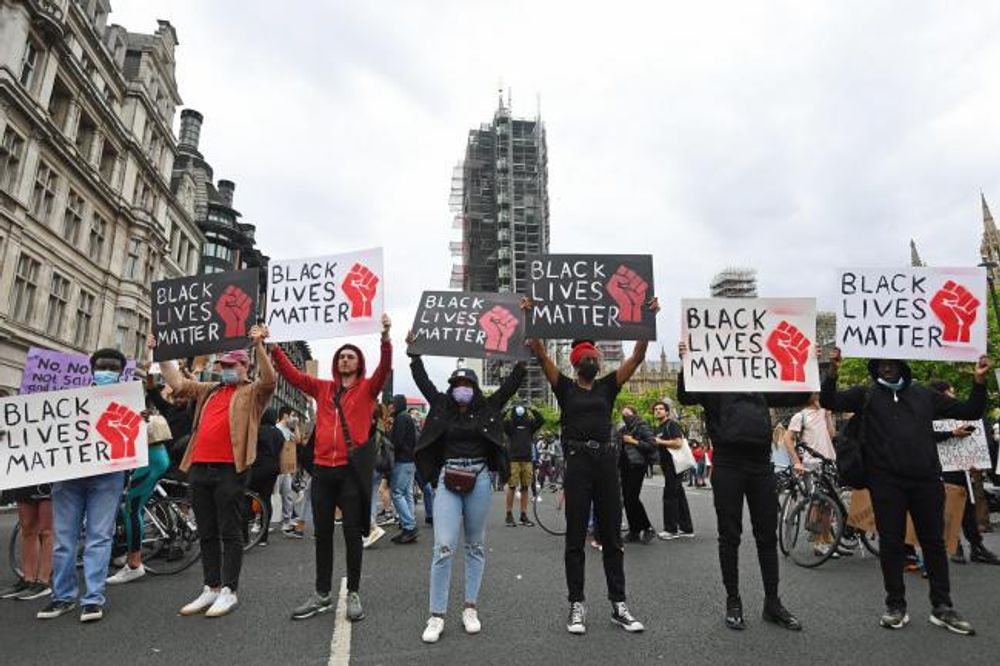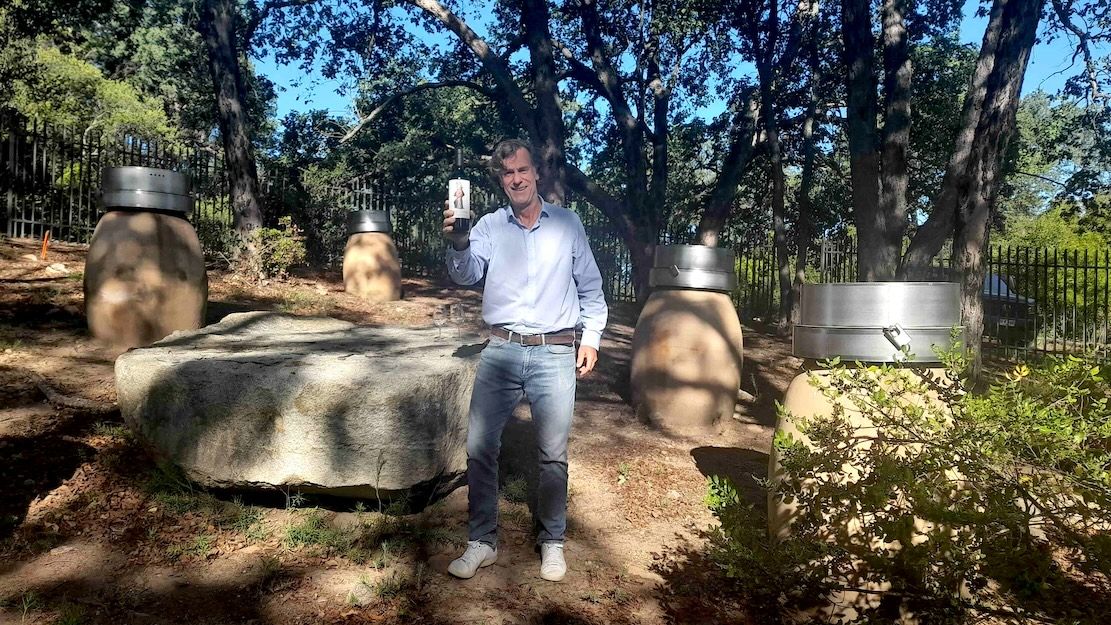Kirsten MacLeod is a diversity consultant who helps organisations think differently about their talent. She is currently working towards her WSET Diploma, and has previously written on diversity in the wine industry for The Buyer.
Kirsten MacLeod’s talk for the Circle of Wine Writers, “Let’s talk about Diversity and Inclusion in the wine industry” explored why the sector has been so slow to address diversity and inclusion, what steps are being taken, and what more can be done by everyone to push things forward.
She began by delving into who is included when we talk about diversity. For her it’s centred on protected characteristicsunder the Equality Act. There are nine protected characteristics: age, disability, gender reassignment, marriage and civil partnership, pregnancy and maternity, race, religion or belief, sex, and sexual orientation.
The characteristics MacLeod has found most prevalent in discussions on diversity in the workforce are gender, race, disability, and sexual orientation. For her there is also another crucial factor that is missing from the list: socio-economic background.
#BlackLivesMatter and the drinks industry

The Black Lives Matter movement has changed the way we all now think about diversity and inclusion, said MacLeod
MacLeod feels the Black Lives Matter movement was instrumental in changing mentalities in smaller wine organisations – though was quick to highlight the progress already being made in larger companies. “Diageo and Pernod Ricard have got pretty well-oiled diversity and inclusion machines. They’ve got great policies, great hiring strategies, and great supplier management.”
For the rest of the wine industry, she said, the Black Lives Matter movement highlighted that change was coming. It empowered people to reach for opportunities they couldn’t access previously and speak out about discrimination. “It was a huge opportunity for them to feel that they could speak out more, and talk further about this,” she said.
She feels that there will always be those who are resistant to change and these people are harder to reach. “It’s a much harder battle to try and change the minds of people who aren’t open for change. So I focus my efforts with those who actually want to engage and who want to make the world a better place through creating more diversity and inclusion,” she explained.
Individual responsibility
So who can make change? “The obvious answer is everybody. But it’s about what role people can play to make that happen,” explained MacLeod. “Individuals can really make a difference to improving the situation with D&I. This is not something that sits purely at the feet of large corporates.”
In MacLeod’s experience it’s impossible to diversify from the bottom up. “You can see by looking around the industry that there is a dominance of white men, and that there is a real lack of diversity in senior positions, which impacts how we make things change.
“Diversity is very hard to change from the bottom up. It needs the chief executives, owners, board members, and senior leadership team to be fully committed to actually making the changes required to increase diversity within an organisation.”

Major consumer goods businesses such as Unilever have made great strides in diversity and inclusion, best illustrated by how the Dove health and beauty brand has become synonymous with the issue
Without sincere, authentic investment, she argues, diversity becomes a “window dressing”. When those from under-represented communities are employed purely to tick a box, change is unsustainable and slow.
“History will show that quite often that person will not last much more than 12 months, and often won’t even last 12 months, because they’ve been brought into an organisation where nothing changes other than they’ve hired somebody who looks a bit different, or has come from a different background,” she explained.
Company culture
Through her work MacLeod has noted that “the more advanced organisations right now actually don’t really talk about diversity, they talk about inclusion and culture and equality”.
Within the finance industry, for example, there are examples of companies setting quotas for gender equality on boards and leadership teams. Controversial as that may be, it has proved effective.
For her, an inclusive culture takes a lot of investment, education and training. “Within the wine industry,” she observed, “there needs to be much more driven from the chief executive to look not just at what their people makeup looks like, but actually what is it like for somebody who’s come from a diverse background to work within the organisation.”

If your business is not diverse to start with then you need to do more to make new hires feel comfortable in their new environment which might mean changing your corporate culture, said MacLeod
She feels education is key when companies start trying to hire more diverse teams. A new hire whose lived experiences are drastically different to those already in the office can face challenges employers aren’t aware of.
“It’s very easy in situations like that for the new person who’s joining to be offended, or to not feel welcome without actually anybody in the organisation realising that is the case,” she explained.
Why wine is like insurance
MacLeod actually likens the wine trade to the insurance industry in terms of the two sectors’ development over the years and current lack of diversity – a comparison she admitted “is not always very popular”.
“I look at smaller organisations in the wine industry and the barriers to entry are relatively low,” she said. “There are a lot of examples where people go out on their own, and they grow. Maybe they started off as one or two people, but suddenly become 40 people. They’ve created businesses that are comfortable. They were probably made up originally of lots of people that they knew from their own networks, where their benefit from each other’s successes.
“The insurance industry is very similar. The barriers for entry were low in the past, and people were able to set up on their own. Where that’s become slightly problematic is when you’re a small company of five friends. When you start to become a business the size of 40, 50 or 60 people, you can no longer just keep hiring your friends. And actually, you may not want to change, because it’s very comfortable where you are. You’re surrounded by people who look like you, you’re surrounded by people who think like you, you’re back in this group-think situation, and maybe it’s a little bit uncomfortable to hire somebody who isn’t like you.
“I would say there an element of that which explains why the UK wine industry is like it is today. It’s not intentional. Nobody’s set out to say ‘I only want to create an industry or company where I’m full of people that look like me’, but by default people end up there.”
Diversity is attractive

Selena Cuffe speaking at last week’s Wine Future 2021 on how diversity and inclusion simply makes good business sense
There have been numerous studies that show that more diverse organisations are more commercially successful – here’s one from BCG on how diverse leadership teams boost a company’s innovation.
This was an issue that was brought up last week’s Wine Future 2021 event where Selena Cuffe, founder of Heritage Link Brands, a portfolio of women-owned sustainable wine brands, said that it makes sense for a company’s bottom line and profitability to invest seriously in D&I. “Those companies that have good diversity and inclusion policies are 35% more likely to have better financial returns. Just bringing in a black face is not enough in itself. Grow your overall not just get a slice of the pie,” she said.
“We know that people are attracted to businesses if they look inside and feel that there are people in there that look like them,” added MacLeod.
“If somebody looks at your organisation and sees that you are all white, and they are not white, it looks less attractive. So there’s a huge space there for change, but as I talked about earlier it has to come from the top.
Solutions
There’s no quick solution, but here are a few of MacLeod’s suggested steps:
- Educate yourself and your employers, through things like training courses, books and webinars.
- Be an ally, talk to people to understand what you can do to help.
- Listen. Most of us do not listen enough.
- Google it. If you’re not sure whether you will offend someone by using the wrong phrase, just type it into Google, and try to overcome your fear.
- Use the power of the pen. One of the big ways of actually elevating the D&I problem is through is through writing.
Keep talking, keep sharing

Can your business start looking a lot more like this?
Since last year’s Black Lives Matter movement MacLeod feels we have come a long way. More people are confident to talk about diversity and inclusion, and conversations on change are much more frequent. Keeping the conversation alive is the key – don’t let it become ‘last year’s problem’.
“My summary is share, collaborate, talk about it, keep it alive. If you keep doing the same things you’re going to get the same outcomes. So when you’re looking at diversity and inclusion, or writing something, or hiring somebody, if you keep going down the same path nothing will change.”
She was also particularly encouraged by the work that The Drinks Trust is doing, in partnership and on behalf of other key wine bodies such as the WSTA and WSET, to bring the industry together to look at a formal way it can address diversity and inclusion. This included a recent meeting that brought together 33 people across across 21 different parts of the group’s industry to talk about collaboration and working together on diversity and inclusion, which MacLeod described as being “absolutely momentous”.

The Drinks Trust’s Ross Carter is looking to bring the drinks industry together to tackle diversity and inclusion is a sector wide issue
Ross Carter, chief executive of The Drinks Trust has taken on the mantle, she said, to organise this which is a huge step forward, she added. What comes out of The Drinks Trust’s work will be interesting to see, but initial discussions have included creating some frameworks and guidelines for the industry to work to.
Something that enables people across the drinks industry to make some commitments to improving diversity and inclusion, themselves, either as individuals, if you’re a freelancer, or as an organisation or charity or a trade body, and more than just putting a diversity and inclusion policy in place. but actually starting to bring diversity and inclusion, to life within their own organisation, she added.
It’s a long road to travel, so it is very very early days, but MacLeod said a key part of any industry diversity and inclusion strategy has to include training. “I think that is essential, along with some free resources for people to access, but also a huge network of people that are all at different stages of the diversity and inclusion journey where there’s an opportunity to collaborate instead of reinventing the wheel all the time,” she added which can often be the case when you get you get lots of pockets of people doing different things.
But most important of all there is real momentum building amongst our major drinks bodies, the challenge, though, will always fall back on what we are all doing as individuals, stressed MacLeod.
- Kirsten MacLeod is a diversity specialist who works at specialist agency Green Park. You can follow Kirsten MacLeod on Twitter at @TheKirstenMac.
- The Circle of Wine Writers is a group of authors, writers, journalists, bloggers, broadcasters, photographers, and lecturers communicating about wines and spirits. It currently has 240 members across 30 countries. You can find out more about what it does here.









































